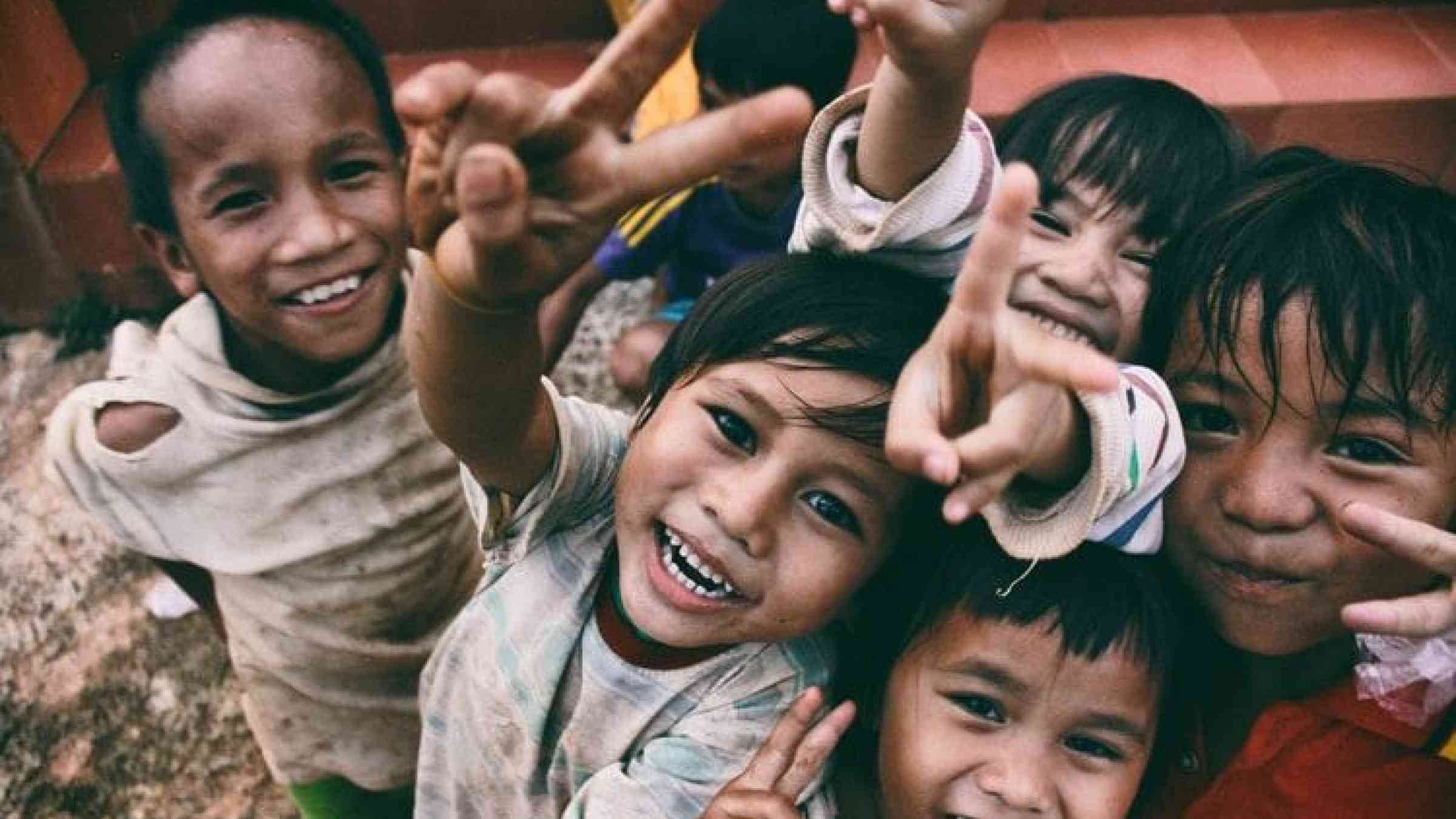New school: A modern approach to disaster risk reduction and resilience education for children

By Briony Towers and Annette Gough
Children today are growing up in a world of ever-increasing disaster risks. Climate change, population growth, rapid urbanization, and growing social and economic inequality are all exposing greater numbers of people to damage and loss, and children are among the most vulnerable. However, children are also agents of change who have specific capacities to reduce disaster risk in their households, schools, and communities. A key mechanism for harnessing those capacities is school-based disaster risk reduction and resilience education (DRRRE).
Traditionally, school-based DRRRE has tended to adopt a transmission model of education, where a specific body of knowledge is transferred from adult to child. In this model, children are positioned as passive receivers of information as opposed to critical thinkers and problem solvers. This model also tends to be information driven rather than action oriented. Even when children are encouraged to take action, adults often prescribe the action and there are limited opportunities for children to creatively address other issues that might concern them.
Over the last several years, however, there has been noticeable shift away from the transmission model towards more holistic, place-based, participatory approaches that not only provide children with essential knowledge and skills, but also empower them to actively participate in DRR and resilience building activities. While the application of this approach is relatively new, there are three key components that are essential to its effective implementation.
Understanding local hazards
For children to view DRRRE as a meaningful activity relevant to their own lives, they first need to understand the hazards that could threaten their community. Increasing children’s understanding of local hazards can be achieved with experiential learning activities that allow them to investigate how the natural and social characteristics of their area can create varying degrees of hazard exposure. This might involve going on transect walks with local hazard experts; looking at municipal hazard maps or engaging in participatory mapping activities; interviewing residents about past hazards and disasters; or exploring indigenous knowledge and perspectives. For children who have never experienced a hazard in their local area, these kinds of activities are essential because they may not recognize the personal relevance of DRRRE and that can prevent their purposeful engagement in the learning process.
Identifying vulnerabilities and capacities
It is well established that disasters are the result of hazards that impact communities that are vulnerable in some way. Still, vulnerability is often overlooked in school-based DRRRE. Instead, it should be included as a central concept because it highlights that disasters are not “natural” or inevitable, but a consequence of decision-making and human action (or inaction). Children can consider how certain groups of people might be overlooked in emergency management plans or how residents sometimes lack the knowledge and resources they need to adequately prepare for and respond to hazards. Equally important is the concept of capacity, which provides a lens through which children can identify the various strengths, attributes, and resources that can be deployed to reduce disaster risk and increase resilience. Having children conduct investigations to identify vulnerabilities and capacities can help reframe disasters as problems to be solved, as well as position children as active participants in the problem-solving process.
Engaging in an authentic project
When children understand their local hazards and have identified the vulnerabilities and capacities in their local context, they can take action to reduce risk by engaging in an authentic project. For instance, they might create workshops or games to educate others about disaster planning and preparedness; produce short films or books that showcase local knowledge or hazard management strategies; or present recommendations for child-centered disaster management to local decision-makers. Regardless of the nature of the project, children should have a voice in its development and there should be sufficient time for them to reflect on, critique, and revise their work. Ideally, projects should find an audience beyond the classroom walls. Public exhibitions and presentations for families and the wider community provide valuable opportunities for intergenerational and peer-to-peer learning and promote children's status as genuine stakeholders in DRR and resilience.
The many benefits of place-based participatory DRRRE were clearly demonstrated in our in-depth qualitative evaluation of Survive and Thrive – a wildfire education program for 10 to 12-year-old children in southeastern Australia. The evaluation found that the program had delivered a range of valuable outcomes, including increased knowledge and awareness, increased household planning and preparedness, and increased child participation in a range of DRR and resilience activities at home and in the wider community. Furthermore, teachers reported that the program enabled them to cover large swaths of the curriculum in meaningful ways and local emergency managers asserted that the program constituted a legitimate and highly effective mode of community engagement.
While the shift towards more holistic, place-based participatory approaches toward DRRRE is still in the early stages, there are a range of tools and resources that can assist educators and DRR practitioners to implement this approach in schools. For example, Save the Children UK has developed the Take Care Toolkit, which provides practical guidance for participatory DRR programming with primary school children and the New Zealand Red Cross has produced Kia Pakari, which aims to empower secondary school students to build resilience in their school communities.
With the increasing frequency and magnitude of hazards and disasters, the delivery of DRRRE that provides children with genuine opportunities to actively participate in DRR and resilience building activities is both necessary and urgent, particularly in high risk areas. Place-based participatory DRRRE not only grants children access to essential knowledge and information, it empowers them to voice their perspectives, educate others, and take meaningful action on the risks they face—to the benefit of the entire community.